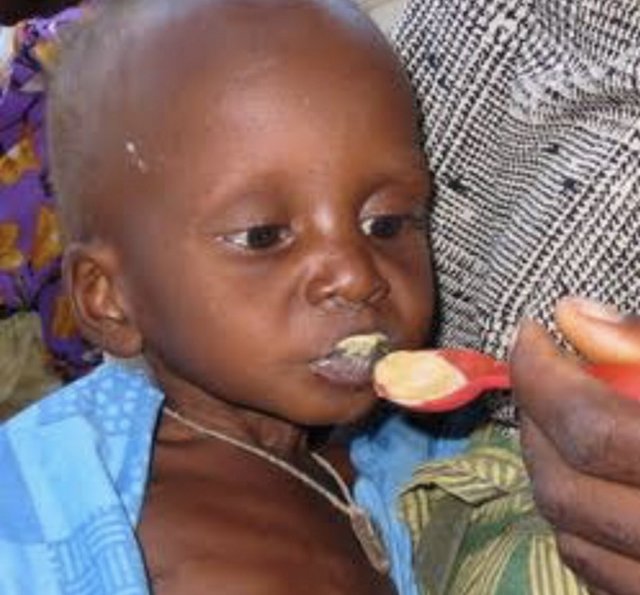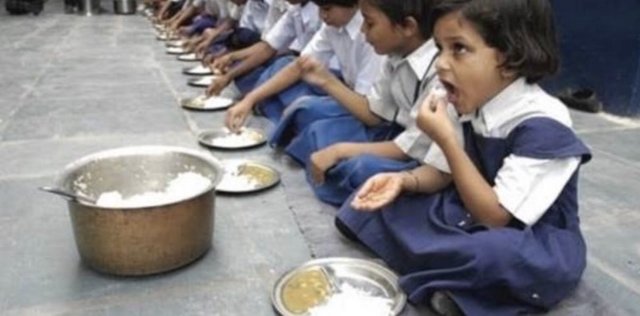FIGHT AGAINST MALNUTRITION WITH CORRECT TREATMENT AND DIET
By this article my aim is to reduce your risk of developing complications, such as infections, and to avoid hospital admission.

You may also be advised to take special nutritional supplements which can increase your energy and protein intake. You’ll be helped to set targets and your progress will be regularly monitored.
Increasing nutritional intake
Meal ideas for small appetites if malnourished
If you can’t eat enough to meet your body’s needs, an artificial method of feeding may be required, such as a feeding tube. These are fitted in hospital but can be used at home.
The treatment for a nutritional deficiency depends on the type and severity of the deficiency. Your doctor will find out how severe the deficiency is as well as the likelihood of long-term problems caused by the lack of nutrients.
Before deciding on a treatment plan, they may order further testing to see if there’s any other damage. Symptoms usually fade when the correct diet is followed or nutrient is supplemented.
Malnutrition is often associated with people living under extreme conditions, usually due to natural disasters or from living in underdeveloped parts of the world. But even in developed countries, under-nutrition occurs in people who are poor or homeless and who are ill or have psychiatric disorders. About 1 in 7 senior citizens are at risk for malnutrition when they consume fewer than 1,000 calories, according to the Merck Manual. Malnutrition occurs when you do not get enough calories or nutrients
Steps should be taken as treatment of malnutrition
Step 1
Replace missing nutrients. A well-balanced diet must be consumed. You might need to gradually increase the number of calories through several small meals at regular intervals during the day. Nutritional supplements, or liquid nutrition, might be needed, depending on the severity of the malnutrition. In severe cases, hospitalization might be necessary.
Step 2
Treat underlying medical conditions. If an underlying medical condition or medication caused the malnutrition, then it must be treated to prevent ongoing loss of nutrients. Chronic lack of nutrients might also cause a medical condition that needs treatment.
Step 3
Monitor eating habits and conditions. If malnutrition occurs due to environmental, financial or psychological reasons, ongoing supervision might be necessary to ensure that adequate nutrition is consumed. Teach about nutrition and how to maintain a balanced diet, especially if medical problems demand a special diet.
Steps should be taken to fight towards malnutrition

A massive scaling-up of treatment programmes to cover many more malnourished children.
Increased coverage, with broader access to treatment.
A reduction in social costs associated with SAM treatment, as parents and caregivers are able to treat severely malnourished children without medical complications at home, without leaving the rest of the family or foregoing income-generating activities.
If you think you or a family member is at risk of being malnourished, you should:
have your risk of malnutrition screened within seven days of admission to a care home, unless otherwise indicated
have your risk of malnutrition checked every month while you’re in the care home
have a nutritional care plan developed, with input from you or a family member, if your risk of malnutrition is medium to high
be assessed to see if you need help with eating and drinking and if necessary, this help should be provided by staff, a volunteer or a family member, if appropriate
The proactive use of antibiotics is important because the immune system of a child who is severely malnourished can virtually shut down. This lack of immune response means both that the body cannot fight off infection and that tests may not detect infection, even when one is present. Evidence shows that giving a broad spectrum antibiotic such as amoxicillin enables the child’s body to fight off common infections like pneumonia and urinary tract infections which can be fatal to this group of children
Diet
Protein, energy, and other nutrient requirements vary with age, sex, and activity levels.
Following careful assessment of the child’s nutritional status, initiate nutritional intervention in collaboration with nutrition support personnel.
Children with chronic malnutrition may require caloric intakes in excess of 120–150 kcal/kg/d to achieve appropriate weight gain. The diet must include adequate amounts of protein and other macronutrients.
Any micronutrient deficiencies must be diagnosed and corrected to achieve adequate somatic growth and psychomotor development.
I hope here I had cleared all the doubts of malnutrition. If you want to know more about malnutrition here I am providing a link where you can clear your doubts. And please like share and comment how much you like it .
Dr. Shivani Bhardwaj
https://medium.com/@sonal9896225664/malnutrition-8af6f81aff07